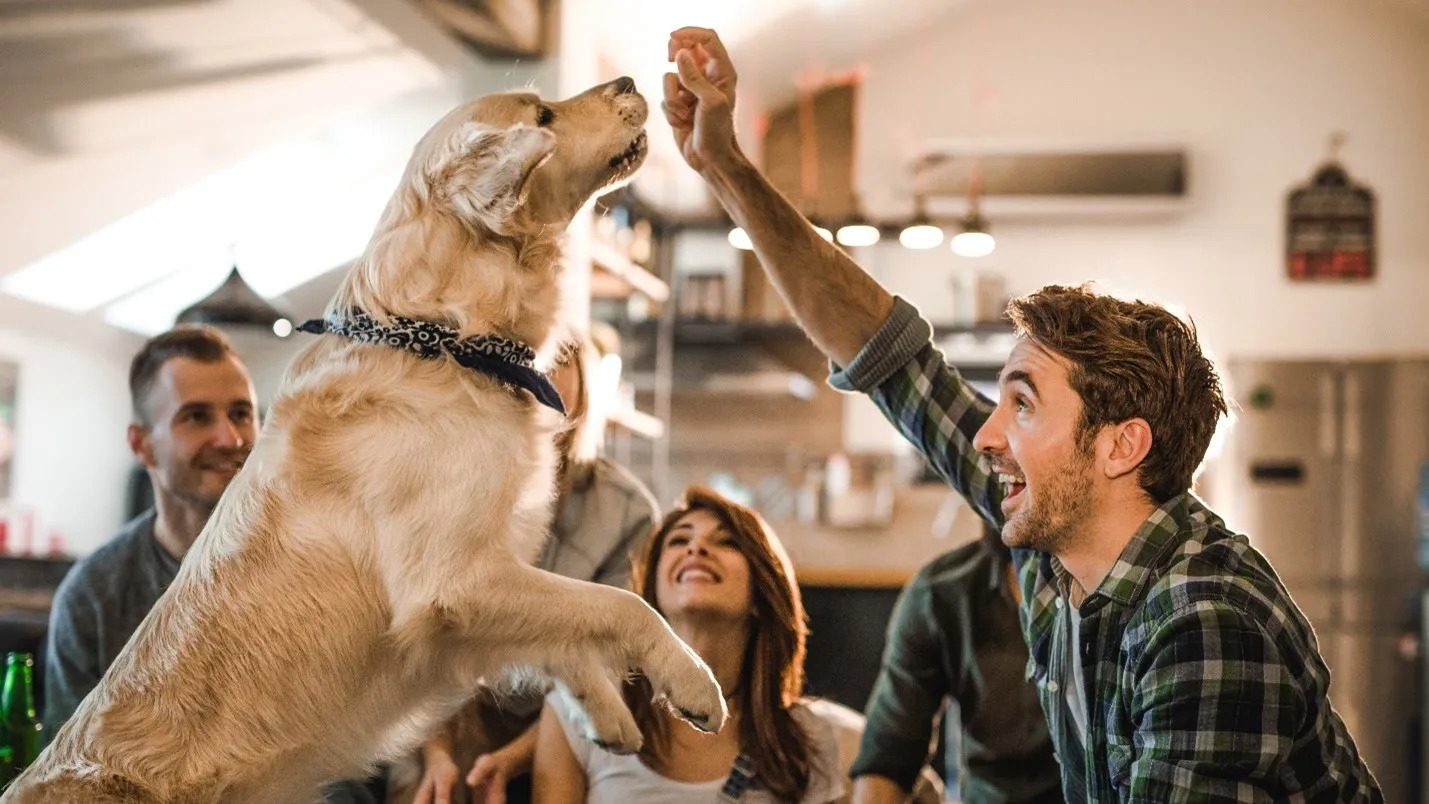Introduction
Bringing a young pet into your home is an exciting and rewarding experience. However, it also comes with the responsibility of training your new furry friend to ensure they grow into well-behaved and happy adults. Effective training techniques not only help prevent behavioral issues but also strengthen the bond between you and your pet. This blog will guide you through essential training techniques for young pets, offering tips and strategies to set up for success from the start.
Understanding Your Young Pet
Before diving into specific training techniques, it’s crucial to understand the basic developmental stages of your young pet. Puppies and kittens, for example, have different learning capacities and needs at various stages of their growth. Knowing what to expect can help you tailor your training approach effectively.
- Early Socialization (3-14 weeks for puppies, 2-7 weeks for kittens)
- During this period, exposure to different environments, people, and other animals is crucial. Positive experiences will help prevent fear and aggression in the future.
- Juvenile Period (14 weeks to 6 months)
- Pets become more independent and may start testing boundaries. Consistent training and reinforcement of good behavior are essential during this stage.
- Adolescence (6 months to 18 months)
- Pets might exhibit rebellious behavior similar to teenage humans. Patience and continued training are key to guiding them through this phase.
Basic Training Techniques
1. House Training
House training is one of the first and most important lessons for a young pet. Consistency, patience, and positive reinforcement are critical.
- Puppies: Establish a regular feeding schedule and take your puppy outside frequently, especially after meals, naps, and playtime. Praise and reward them immediately after they eliminate outside. Avoid punishment for accidents; instead, clean up thoroughly to remove any scent.
- Kittens: Provide a clean litter box and place your kitten in it after meals and naps. Keep the litter box in a quiet, easily accessible location. Reward them with praise or a treat when they use the litter box correctly.
2. Basic Commands
Teaching basic commands like “sit,” “stay,” “come,” and “down” lays the foundation for good behavior and communication.
- Sit: Hold a treat close to your pet’s nose, then move your hand up, allowing their head to follow the treat and causing their bottom to lower. Once in a sitting position, say “sit,” give them the treat, and praise them.
- Stay: Start with your pet in a sitting position. Open your palm in front of them and say “stay.” Take a few steps back, then return and reward them if they stay. Gradually increase the distance and duration.
- Come: Attach a leash to your pet and say “come” while gently pulling them towards you. Reward them with a treat and praise once they reach you.
3. Leash Training
Leash training is essential for safe and enjoyable walks.
- Introduce the Leash: Let your pet get used to the collar or harness and leash indoors by allowing them to wear it for short periods while supervised.
- Start Indoors: Practice walking around the house, rewarding your pet for staying by your side.
- Move Outdoors: Gradually transition to outdoor walks. Keep sessions short initially and gradually increase the duration as your pet becomes more comfortable.
Positive Reinforcement
Positive reinforcement is a highly effective training method that involves rewarding desired behaviors to encourage their repetition. Rewards can be treats, praise, petting, or playtime.
- Timing: Reward your pet immediately after the desired behavior to help them make the connection.
- Consistency: Be consistent with commands and rewards. Ensure all family members use the same commands and reinforcement techniques.
- Patience: Training takes time and repetition. Stay patient and persistent, and avoid punishment, which can lead to fear and anxiety.
Socialization
Socialization is crucial for young pets to develop into well-adjusted adults. It involves exposing your pet to various environments, people, animals, and experiences in a controlled and positive manner.
- Puppy Classes: Enroll your puppy in a reputable puppy socialization class where they can interact with other dogs and people in a controlled setting.
- Regular Outings: Take your pet to different places, such as parks, pet-friendly stores, and friends’ houses, to expose them to various sights, sounds, and smells.
- Controlled Interactions: Arrange playdates with other vaccinated and friendly pets to help your young pet learn appropriate play behavior.
Addressing Common Behavioral Issues
Young pets may exhibit certain behavioral issues as they grow and explore their environment. Addressing these issues early is crucial to prevent them from becoming ingrained habits.
- Chewing and Biting: Provide plenty of chew toys for puppies and kittens. Redirect their attention to these toys when they attempt to chew on inappropriate items or nip during play.
- Jumping: Teach your pet to greet people politely by rewarding them for sitting calmly when someone approaches. Ignore jumping behavior and only give attention when they are calm.
- Barking and Meowing: Identify the cause of excessive vocalization, such as boredom, anxiety, or attention-seeking. Address the underlying issue and reward quiet behavior.
Advanced Training Techniques
Once your pet has mastered basic commands and behaviors, you can introduce more advanced training techniques.
- Trick Training: Teach fun tricks like “roll over,” “shake,” or “play dead” to keep your pet mentally stimulated.
- Agility Training: Set up a simple agility course in your backyard or join an agility class to provide physical exercise and mental challenges.
- Scent Work: Engage your pet’s natural sniffing instincts by hiding treats or toys for them to find using their sense of smell.
Conclusion
Training young pets is a rewarding journey that requires patience, consistency, and positive reinforcement. By understanding your pet’s developmental stages and implementing effective training techniques, you can set them up for success and ensure they grow into well-behaved and happy companions. Remember, training is an ongoing process that strengthens the bond between you and your pet, making your relationship even more fulfilling.
